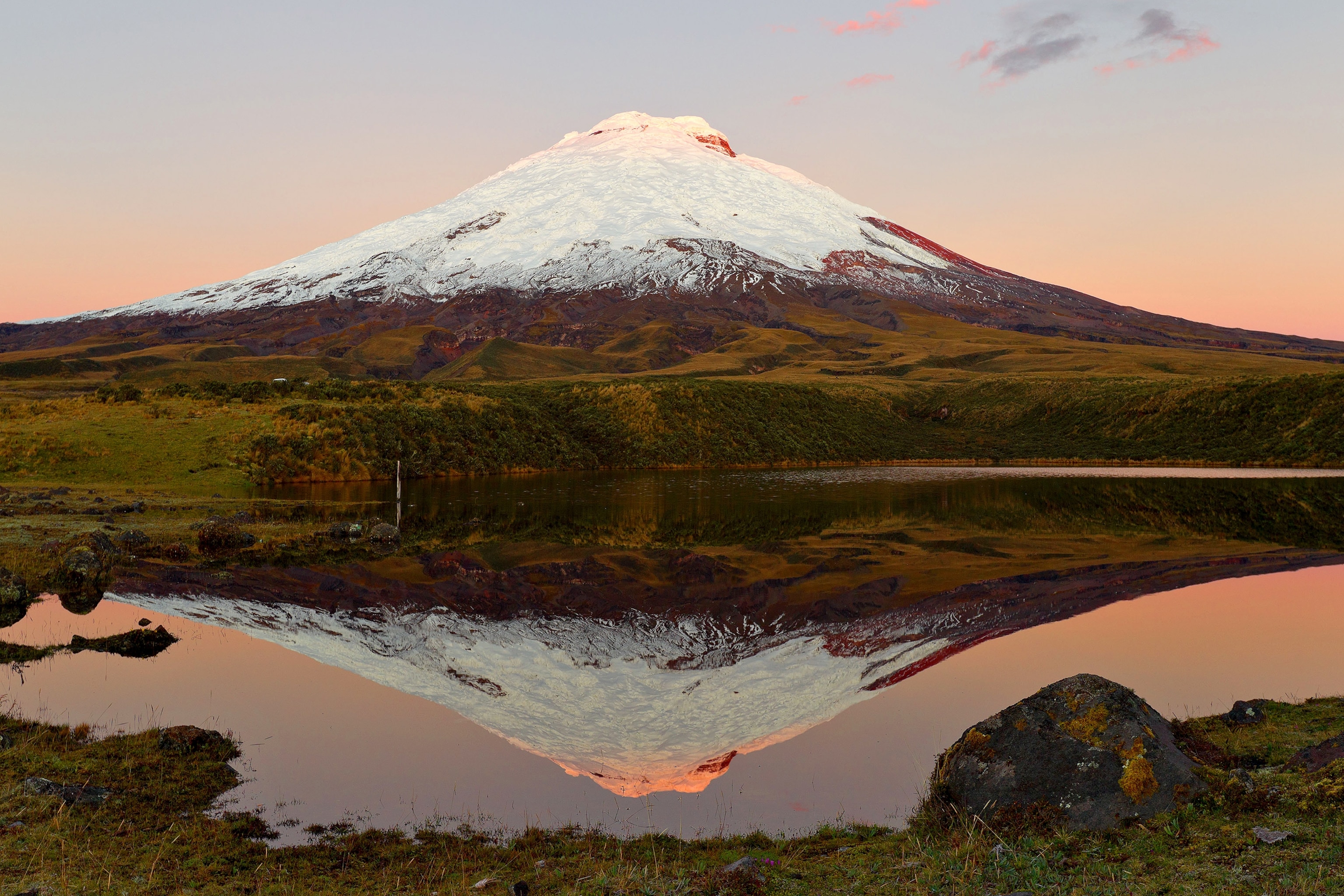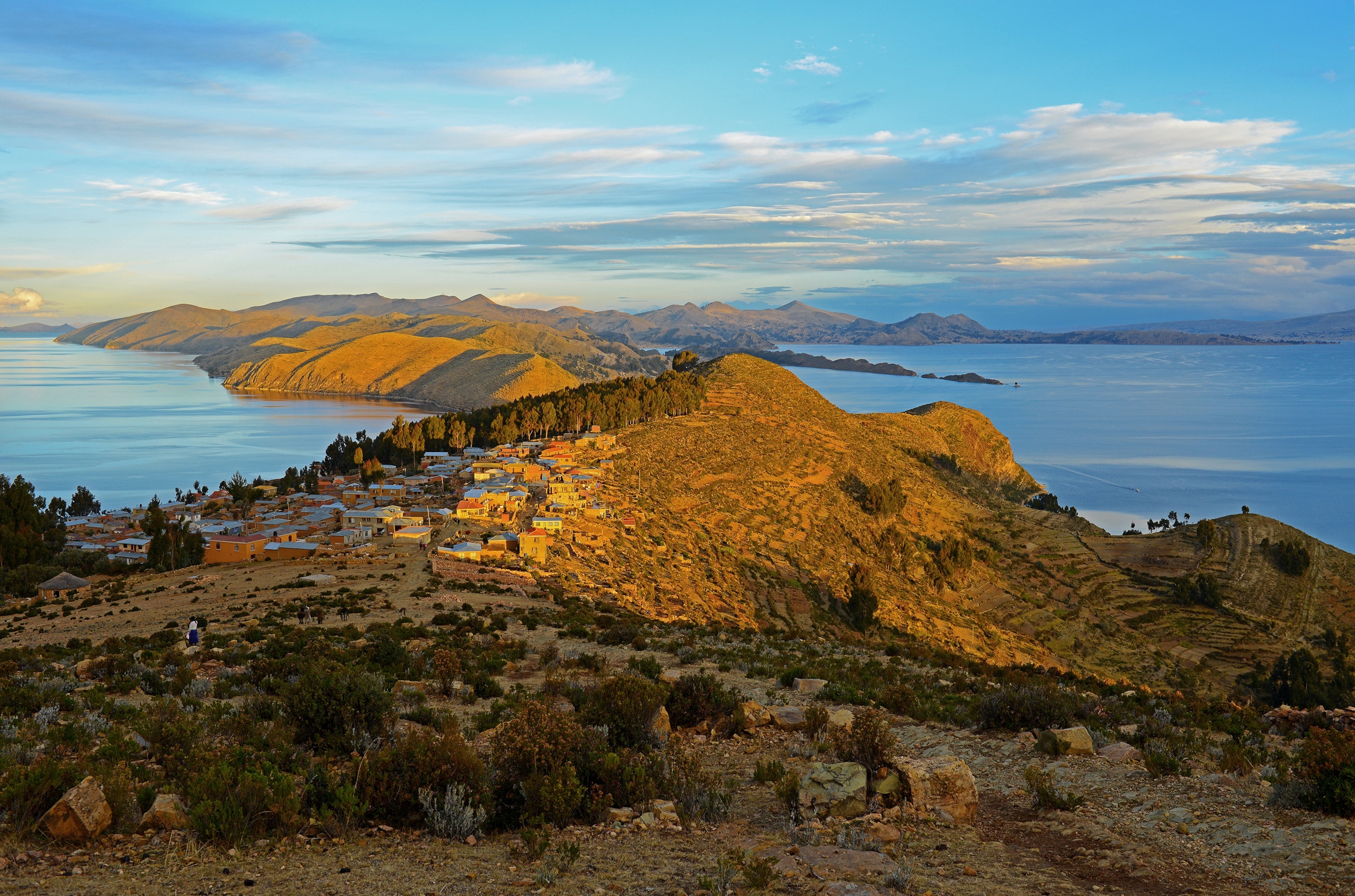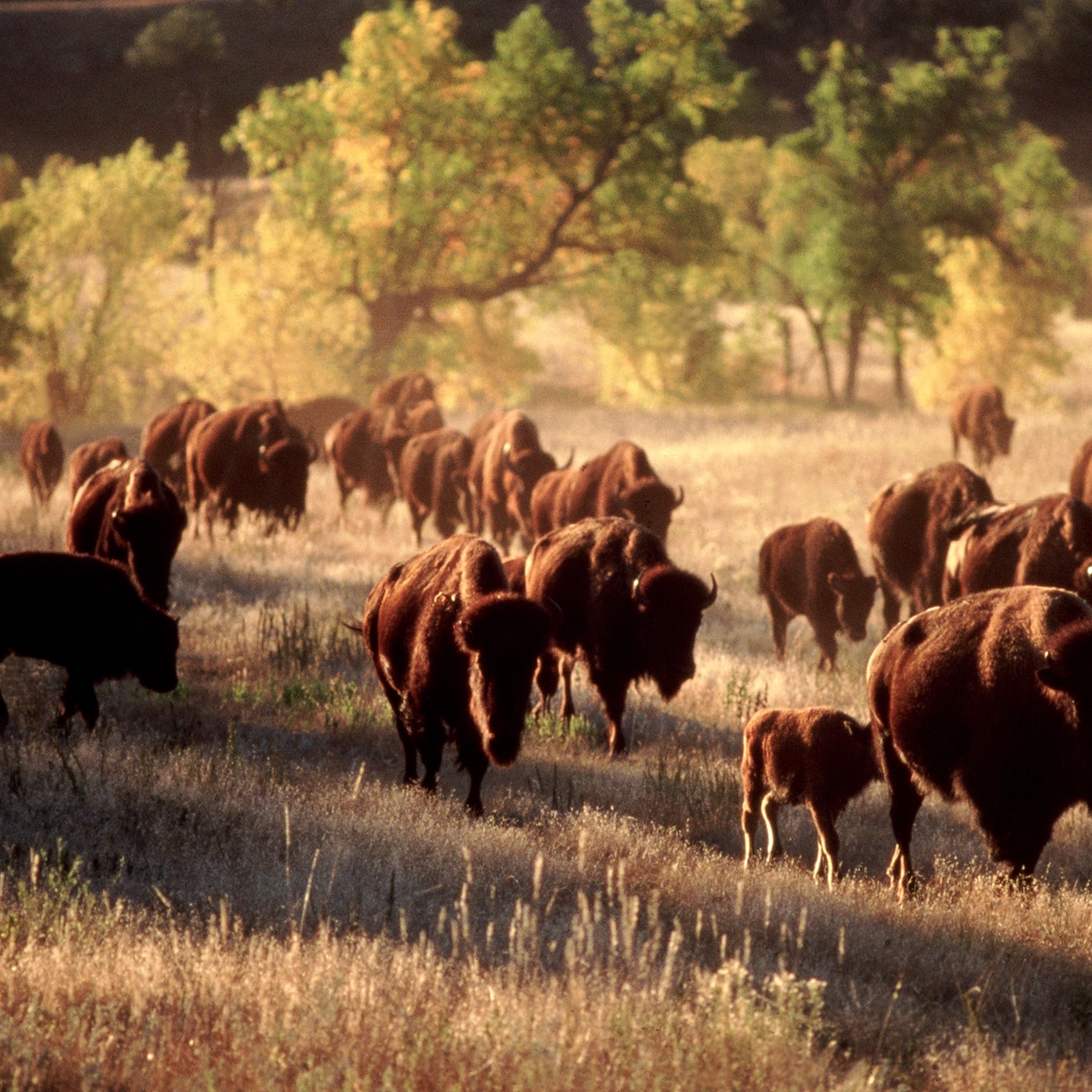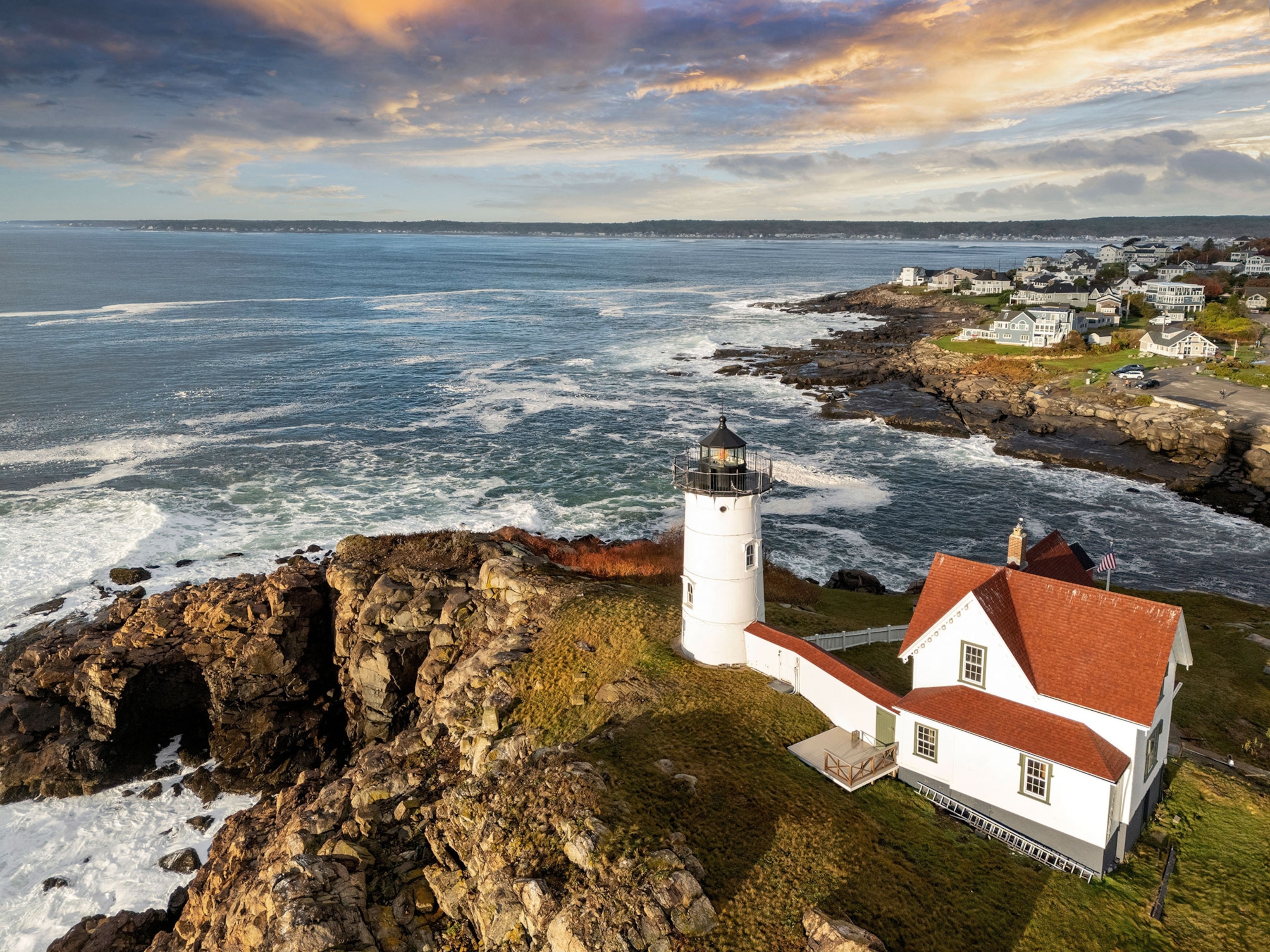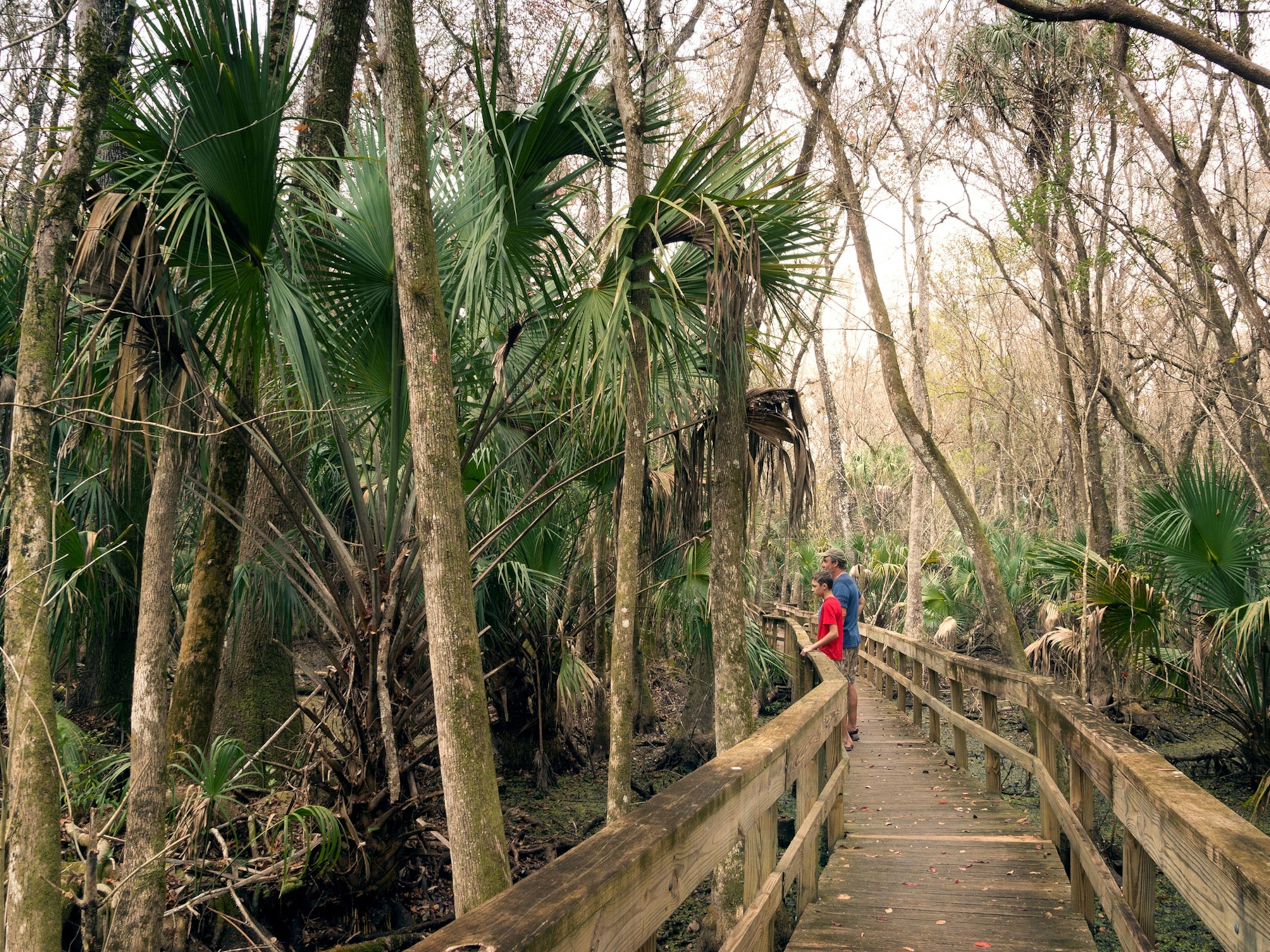
The paradise in Brazil you don’t know—yet
A biodiverse state park in South America’s largest savanna is home to natural springs, sand dunes, and sparkling waterfalls.
Swimming in a fervedouro feels a bit like floating in a pool of champagne, as water from a subterranean river gurgles up from a rupture in the earth, pushing up a froth of fine pink sand. Although its Portuguese name translates as “boiler,” a fervedouro isn’t a hot spring.
Located amid the otherwise dry topography of Jalapão State Park, in Brazil’s Cerrado region, these cool, cyan pools are actually karst springs. But the unique appearance of the fervedouros is unlike any other karst springs in the world.
Established as a park in 2001, Jalapão was until recently not well known in Brazil. It covers approximately 400,000 acres in a remote northern corner of the Cerrado, South America’s largest savanna, which separates the Amazon from the Atlantic Coast. The park was left virtually untouched by the agricultural industry for centuries. To reach Jalapão, visitors must fly into Palmas, capital of the Brazilian state of Tocantins, and drive five to six hours eastward on unpaved roads.
(Related: Our Best of the World 2021 list will inspire your next journey.)
Its inaccessibility kept Jalapão obscure—until the debut of O Outro Lado do Paraíso (The Other Side of Paradise), a popular 2017 soap opera that set its characters’ love triangles and land disputes in the park. The show tripled tourism to the region practically overnight.

Brazilian audiences were especially captivated with images of the rare fervedouros. A constant upflow of clear water buoys swimmers, and tropical flora shades the perimeter. Many travelers never get beyond this pocket of paradise, but there is so much more to the park, including turquoise waterfalls and golden sand dunes.
Protecting a biodiverse hotspot
Tourism Tocantins reported that between 2015 and 2019, the number of people visiting the park’s dunes increased by more than 200 percent, to 33,616 visitors registered in 2019, an overwhelming majority of whom were Brazilian. Before the coronavirus pandemic gripped the world, tourist dollars were flowing into the area surrounding the park for the first time and new businesses, such as tour operators and hotels, launched in the nearby towns of São Felix and Mateiros.
(Related: In Mexico’s vibrant forests, locals adapt to a year without tourists.)
After the governor of Tocantins closed all the parks in March, Jalapão reopened in October with the announcement that new investments would enable the paving of 31 miles (50 kilometers) of road connecting the towns of Ponte Alta and São Felix. Yet even when the new road is built, most of the park will likely remain a wild, off-road destination, in keeping with its unofficial catchphrase: Jalapão is brutal.
For tourists, the rough conditions are an inconvenience to endure, but for the people that live in the park—a Quilombola community descended from escaped enslaved people who had settled throughout the Brazilian interior—the rough roads make it extremely difficult to travel in and out of the park to Palmas for healthcare. As tourism grew, some people called on the government to pave more of the main accesses, but others worried about the implications new roads might have on the park’s sensitive ecology.
(Related: This map shows millions of acres of lost Amazon rainforest.)
Between 2005 and 2008, Mariana Napolitano, science manager at World Wildlife Fund (WWF) Brazil, worked with the government to help determine the park’s capacity for tourism, and she raised concerns about what asphalt would mean for the region’s wildlife, such as endangered maned wolves; the rare Brazilian merganser duck, of which there are less than 250 in the world; and any new species yet to be discovered.

“The [current] road makes it slow for cars to move, so there’s enough time for animals to avoid cars. But if you have a paved road, imagine the speed people could achieve,” Napolitano says.
Others, such as Marcello Coelho, a tour guide from Tocantins, have concerns about the fervedouros, which Coelho says need more government oversight. At each spring, a 20-minute limit per group is enforced and signs prohibit guests from applying sunscreen before entering the springs. But, Coelho says, “the natural environment, especially the springs, is suffering as a result of being disturbed by human presence. They need time to recover.”
The tourism boom has economically benefited the region by creating jobs and increasing revenue for businesses operating in the park, the majority of which are locally owned. And although many are calling for hard lines to be drawn during this sensitive period of growth, others, such as Anna Carolina Lobo, a tourism and environmental management specialist with the WWF, believe that this moment is an opportunity.
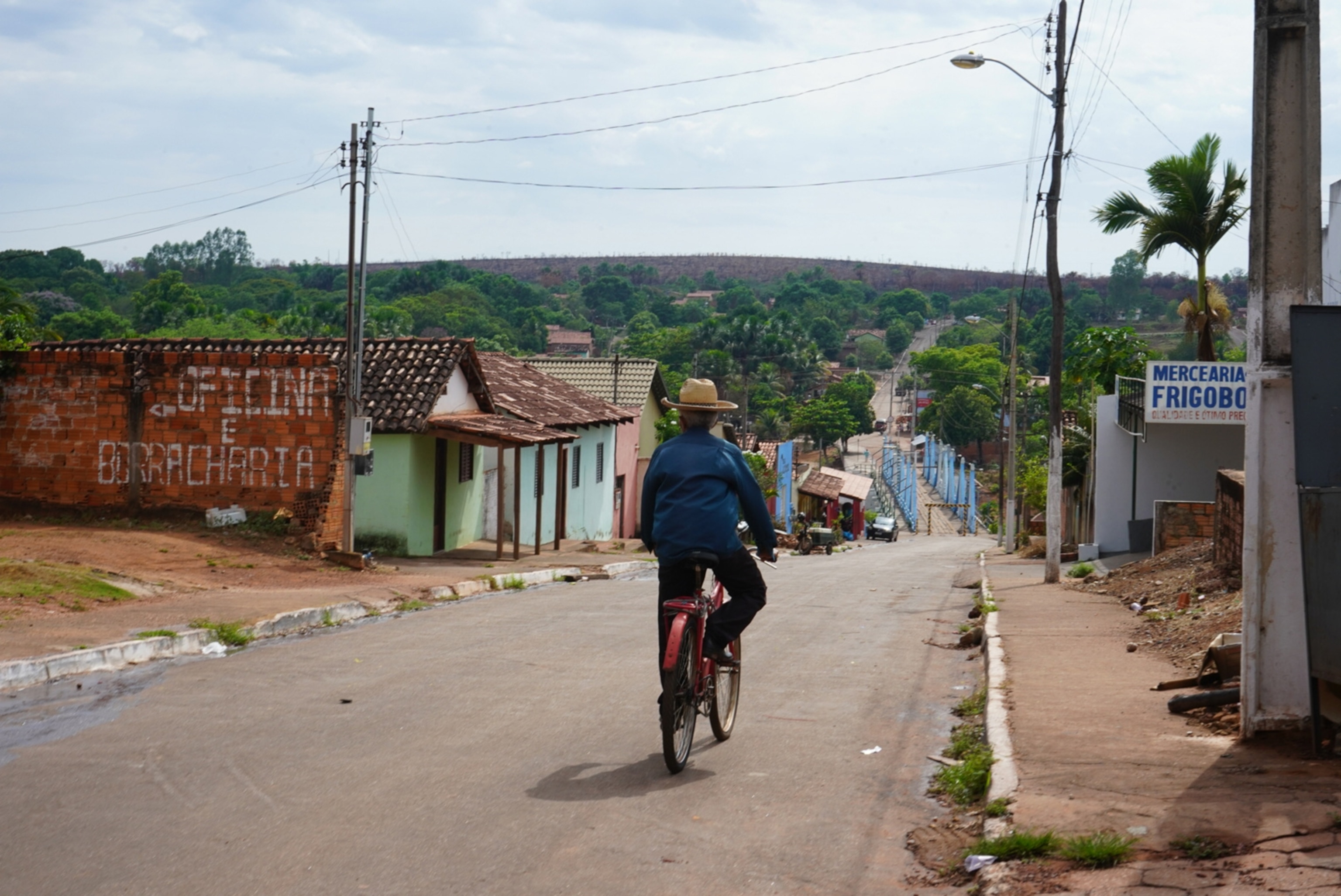
The Cerrado covers nearly a quarter of Brazil’s land surface and is extraordinarily biodiverse. But it is increasingly vulnerable to deforestation due to soybean farming and cattle ranching driven from the Amazon. More than 40,000 square miles have been destroyed in the past decade alone.
(Related: Inside the faltering fight against illegal Amazon logging.)
Less than 3 percent of the Cerrado is under legal protection, but Lobo hopes that the increased tourism to parks like Jalapão may help raise awareness of the Cerrado among domestic travelers, who might then advocate for more preservation of Brazil’s wild places.
Despite Brazil’s 371 million acres of protected land, Brazilians have never had much of an off-road vacation culture. But when friends bring home stories of wild macaws, blue waterfalls, and majestic plateaus, the untouched beauty of Brazil’s interior becomes a little better understood and a lot more intriguing.
With the reopening of the park and the announcement of new investments in roads and other tourism infrastructure, Jalapão is expected to become the postcard destination of the Tocantins as well as the entire Cerrado, bringing a new era of awareness to a region long overshadowed by the rainier ecosystem next door.


